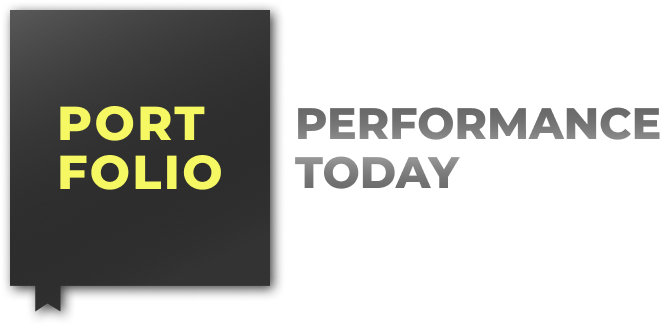
A simple conversation sparked the idea for modern metered-dose inhalers, but markets made them iconic.
George Maison, President of Riker Laboratories in 1955, was talking with his daughter Susie about her asthma treatments. She was unhappy with her squeeze-bulb nebulizer and asked why her treatments couldn’t be taken like her hairspray: in an aerosolized can. She saw the connection and how much easier it might be to take her medicine. Her father also saw the potential, and he then developed the first pressurized metered-dose inhaler in 1956.
This story about the connection between serendipity and technological innovation is more common than we might realize. It also indicates the importance of markets. Markets can help deliver goods, but they also clarify the nature of those goods, both of which improve health.
I once heard a speaker make the former argument. I forget who the speaker was, unfortunately, but the point was simply that markets are beneficial because they provide additional opportunities for people to acquire life-saving goods like inhalers. Markets provide opportunities for people to easily alleviate their symptoms by going to a shop down the street and buying an inhaler. These opportunities are especially important for children (even if rates of children with asthma are declining) and for people in lower-income households and minority groups. During the day or at night, and in person or via delivery, such services are available. Someone, likely a stranger, is willing to potentially save another’s life by selling inhalers.
Markets can serve a vital role in improving health. Local stores and pharmacies, retail chains like Walgreens, CVS, and Target, online marketplaces like Amazon, and online pharmacies and price comparison tools like GoodRx are relevant examples where the incentives producers face to earn profits align with the goals of consumers. There might be market and government failures to consider, but market forces often help coordinate buyers and sellers in mutually beneficial ways.
In a recent article “Reconsidering the Normative Foundations of Public Health: Market vs. Social Justice”, in a special issue of The Journal of Economic Behavior and Organization on Capitalism Evolving (edited by Ryan Yonk and Vlad Tarko), I develop the latter argument. Markets facilitate a discovery process based on the myriad goals individuals have that shapes the nature of goods (like pencils) and health-enhancing goods like inhalers. Markets help people figure out what it is they want—even if they can’t articulate what it is they want. Susie Maison just wanted an easier way to take her asthma treatments, like her hair spray, but she didn’t know how else to express that value, let alone pursue it.
The long history of inhalers speaks to this winnowing effect, wherein the competitive market process selects for attributes consumers value, which improves the good. If Susie had been born earlier, she might have been stuck with asthma cigarettes, Wyeth pencils, atomizers, the Mudge inhaler, and so on. While these devices might have helped improve breathing, people have other values like Susie’s story indicates. Older kinds of inhalers were likely costly to produce, cumbersome to use and/or reuse, fragile (e.g., the ceramic Nelson inhaler), and difficult to transport, among other deficiencies that deterred consumption.
After 1956, competition from other producers like 3M, Schering, and Roche, as well as consumers voting with their dollars, spurred a decades-long process of innovation that produced what we commonly recognize as an inhaler. This ongoing process develops as producers respond to profit and loss signals, driven by the production of their versions of an inhaler. If consumers value one version, firms will seek to produce more, better versions of that good in cheaper ways. Profits follow as rewards for incurring the costs and risks of developing that product. If, however, people don’t value one version, firms will suffer the losses.
With modern inhalers, moreover, there are several margins over which innovation might occur, from selecting appropriate medicines and prolonging shelf life to developing more effective propellant systems and administering more precise dosages. All of these attributes increase the value of inhalers, benefiting producers and consumers.
Competitive markets spur innovation and help bundle the values people care about. We might solely rely on scientific advances to improve health outcomes absent markets, but we would be worse off. That is, markets serve the disparate and unknown goals people have, and they help make goods like inhalers more accessible, more reliable, less prone to user error, and easier to use.
